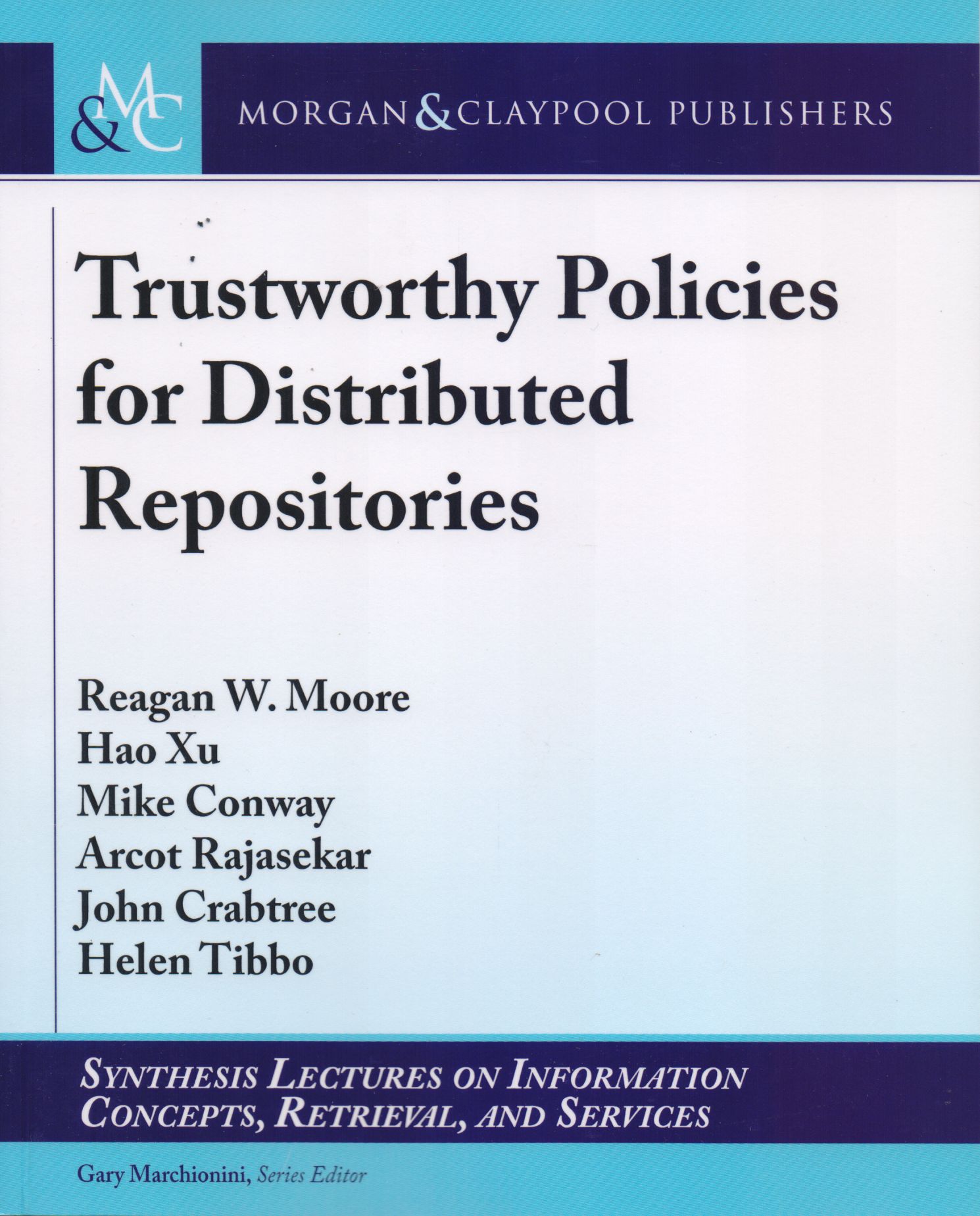Libros relacionados
 |
Scholarly Collaboration On The Academic Social Web He, Daqing / Jeng, Wei Morgan & Claypool Publishers |
 |
Database Anonymization: Privacy Models, Data Utility, And Microaggregation-Based Domingo-Ferrer, Josep / Sánchez, David / Soria-Comas, Jordi Morgan & Claypool Publishers |
 |
Dynamic Information Retrieval Modeling Hui Yang, Grace / Sloan, Marc / Wang, Jun Morgan & Claypool Publishers |
 |
Learning From Multiple Social Networks Nie, Liqiang / Song, Xuemeng / Chua, Tat-Seng Morgan & Claypool Publishers |
 |
Trustworthy Policies For Distributed Repositories W. Moore, Reagan / Xu, Hao / Conway, Mike / Rajasekar, Arcot Morgan & Claypool Publishers |
 |
Notion Of Relevance In Information Science, The: Eveybody Knows What Relevance I Saracevic, Tefko Morgan & Claypool Publishers |
 |
Semantic Interaction For Visual Analytics: Inferring Analytical Reasoning For Mo Endert, Alex Morgan & Claypool Publishers |


|
Título: Information | |
| Autor: Cook, Sarah | Precio: $624.00 | |
| Editorial: The Mit Press | Año: 2016 | |
| Tema: Informacion | Edición: 1ª | |
| Sinopsis | ISBN: 9780262529341 | |
| This anthology provides the first art-historical reassessment of information-based art in relation to data structures and exhibition curation. It examines such landmark exhibitions as "Information" at The Museum of Modern Art, New York, in 1970, and the equally influential "Les Immatériaux," initiated by the philosopher Jean-François Lyotard at the Centre Pompidou, Paris, in 1984. It reexamines work by artists of the 1960s to early 1980s, from Les Levine and N. E. Thing Co. to General Idea and Jenny Holzer, whose prescient grasp of information's significance resonates today. It also reinscribes into the narrative of art history technologically critical artworks that for years have circulated within new media festivals rather than in galleries.
While information science draws distinctions between "information," signals, and data, artists from the 1960s to the present have questioned the validity and value of such boundaries. Artists have investigated information's materiality, in signs, records, and traces; its immateriality, in hidden codes, structures, and flows; its embodiment, in instructions, social interaction, and political agency; its overload, or uncontrollable excess, challenging utopian notions of networked society; its potential for misinformation and disinformation, subliminally altering our perceptions; and its post-digital unruliness, unsettling fixed notions of history and place |
||
Librería Bonilla SA de CV © Todos los derechos reservados. 2019
Última actualización: Jul 2019




